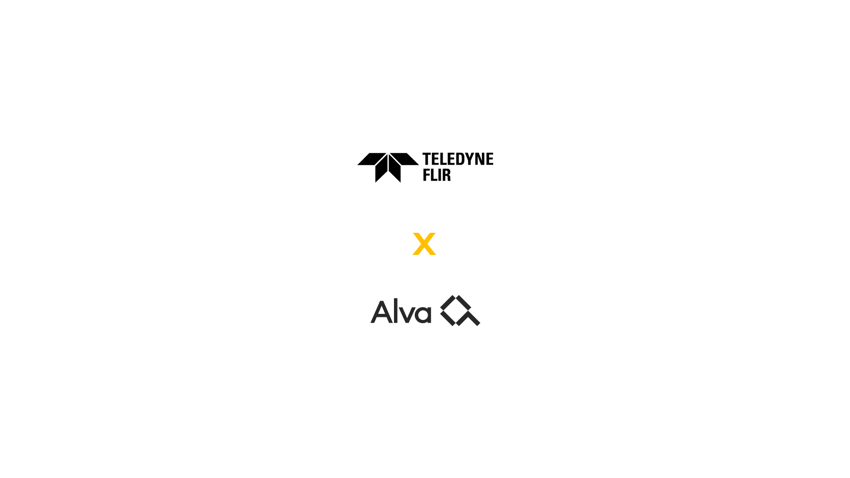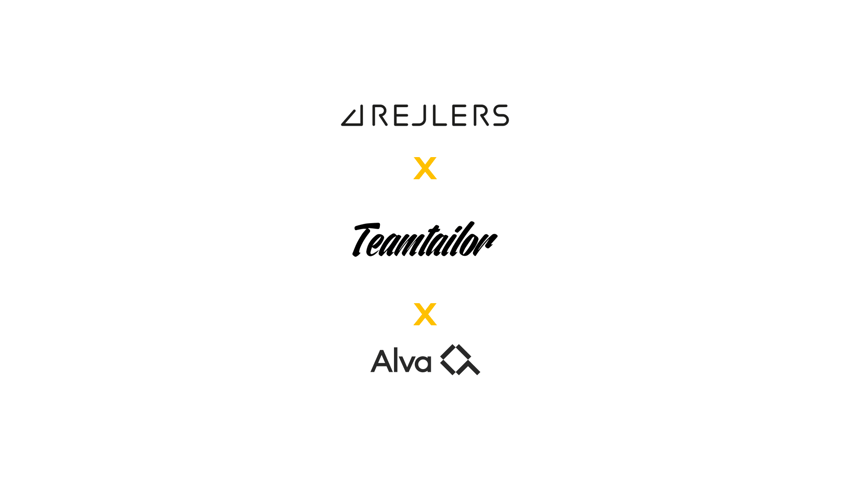Active and passive candidates
Job boards vs. Social Media: Today’s candidates rarely spend their time on job boards, such as Indeed or Monster; rather, they’re on social media - an average of 2 and a half hours a day. So social recruiting must be part of your recruitment strategy.
Active and passive candidates: You need to consider both in your recruitment marketing and understand the ratio, e.g., are you looking at 10% of active candidates and 90% passive?
Active/passive ratio: It’s crucial to understand the make-up of your candidate pool, as this should guide how you allocate your marketing budget; e.g., if you’re looking at a 10/90 ratio, you should spend 10% on job boards, and 90% on social media ads.
Passive candidates and opportunity: Passive candidates aren’t looking for new jobs, but if the right opportunity presents itself, they move quickly, so make sure that candidates can apply seamlessly, from their phones, in a few minutes - make it as smooth as klarna.
Candidate journey
Allowing candidates to apply seamlessly means careful consideration of your candidate journey. Here are Sara’s top tips:
Seamless experiences: Create a candidate experience with the same care as a customer journey, and automate as much as possible
Psychometrics and transparency: Explain that you use early-stage psychometric assessments as your company prefers to understand a candidate’s potential and readiness, and would rather give a wide range of candidates the opportunity to apply, and that it saves the candidate the time and effort of customising their CV and writing a new cover letter
Valuing the candidate’s time: This communicates that you value each candidate’s time, allows them to know that every application is valuable and that every candidate is seen
Psychometrics to minimise bias and open up opportunity: CV screening carries a 70% greater risk of being discriminatory, as we judge candidates for having names that are different from the majority group, for typos or where they’ve worked. When we add in more requirements for years of experience, we increase our chances of increasing bias on socio-economic status.
Timing of assessments: Using early-stage assessments allows candidates to know that you’re hiring for potential, not for where you’re from, where you were educated or where you’ve worked
First 20% of the process provides 80% of the objectivity: when we use psychometrics at the beginning of our recruitment process, we avoid people losing out to bias because of their name, ethnicity, gender or assumed background. Communicating this benefit allows candidates to understand a commitment to diversity.
Recruitment marketing 101
Behavioural targeting: Work with marketing to understand how behavioural targeting can help your ads to land with the audiences you’re looking to attract and to minimise the risk of building in bias by targeting ‘traditional’ groups’ for jobs. Let marketing know:
- What the job is
- If the ad is for a passive or active audience
- Is it a blue or white collar job
By working with your marketing team, you can create campaigns and outreach opportunities that will allow you to increase your talent pool.
Build brand awareness: Brand awareness takes anywhere from 8 to 20 touchpoints to build with a customer or candidate; unless you have highly detailed audience information, spread your ad budget across Facebook, Instagram, LinkedIn and Google Ads (only venture to SnapChat and TikTok if you’re confident you know what you’re doing). Rather smaller amounts on many channels, as this increases your reach; marketing can then help you to increase engagement with the ads.
Make the candidates want to click. Don’t worry about attracting too much attention at this stage; if your behavioural targeting is accurate, you should be talking with the right audience. If you’re still using people to screen CVs, consider moving to an automated psychometric provider who can build a smoother, less-biased, process
Too much, too soon: at ad stage, don’t say too much. You have one second before a candidate scrolls on, so your priority is to convert someone from scrolling or linking to clicking through to your careers page. Concentrate on building a relationship with the candidate from the very first ad
Pro tip: use storytelling to communicate the job, your company’s mission, vision and value prop. At ad stage you’re selling the concept of the role; if your marketing is working, this should help potential candidates to know if it’s the right post to apply to, or not
Keep it varied: Use a mixture of copy, video, stills and illustration to communicate your story from ad, through Careers and About Us pages, through every stage of the application process to decrease funnel leaks






